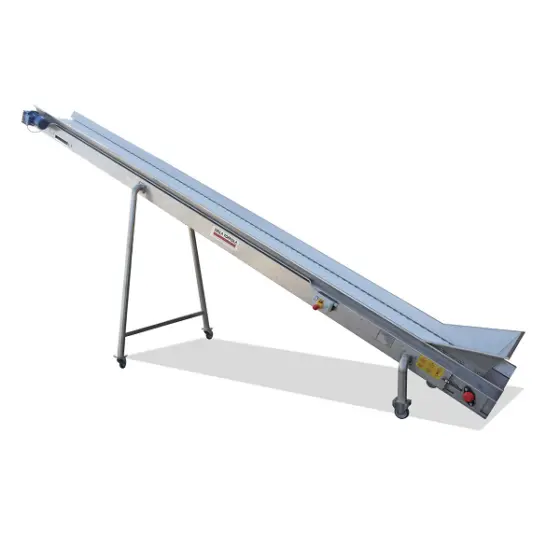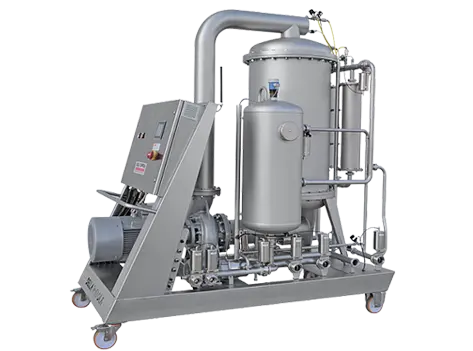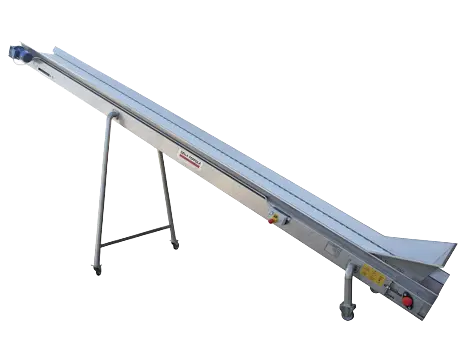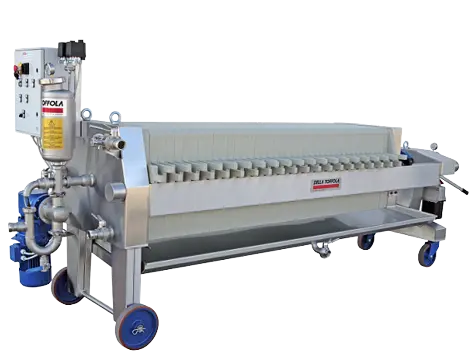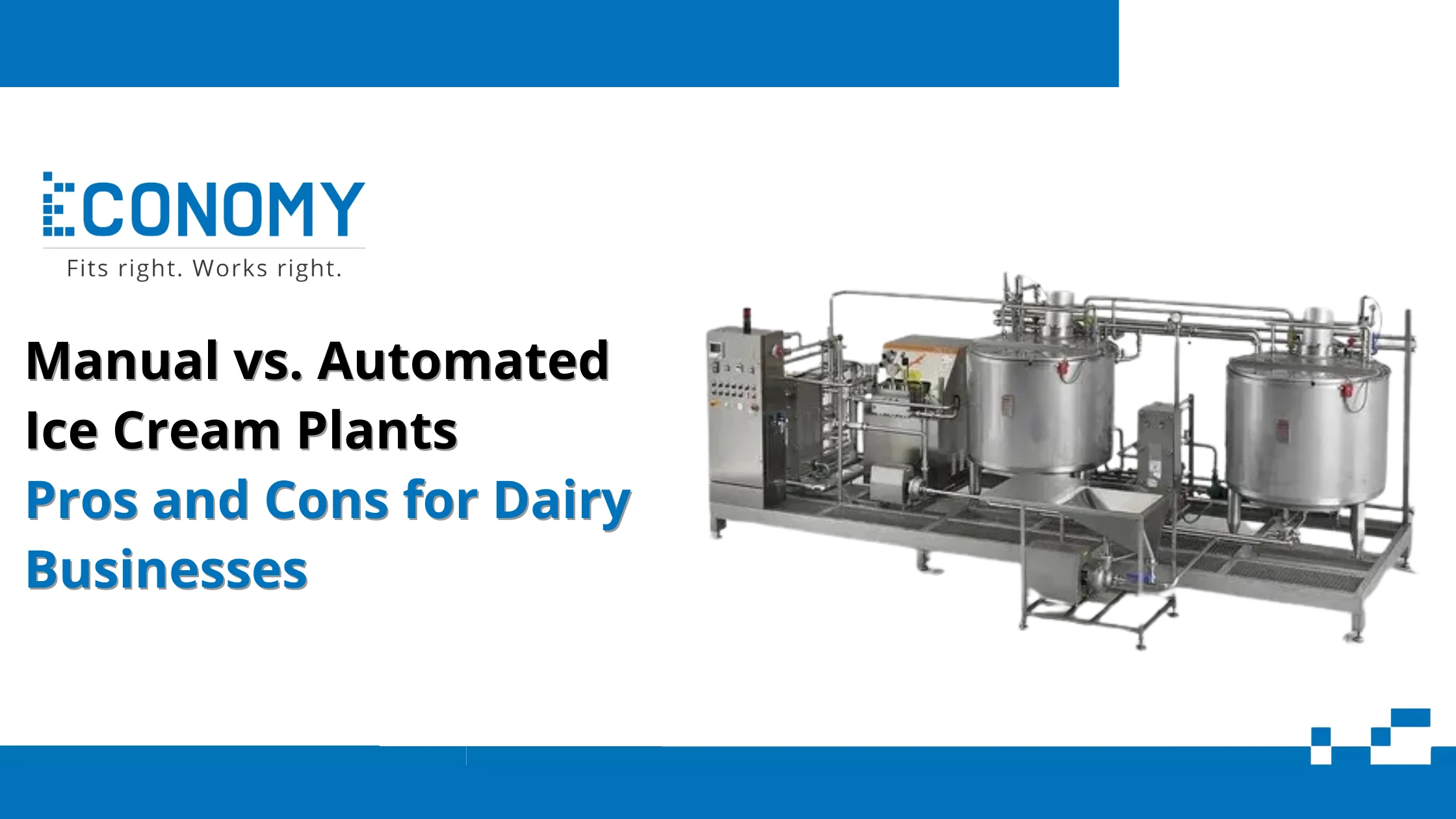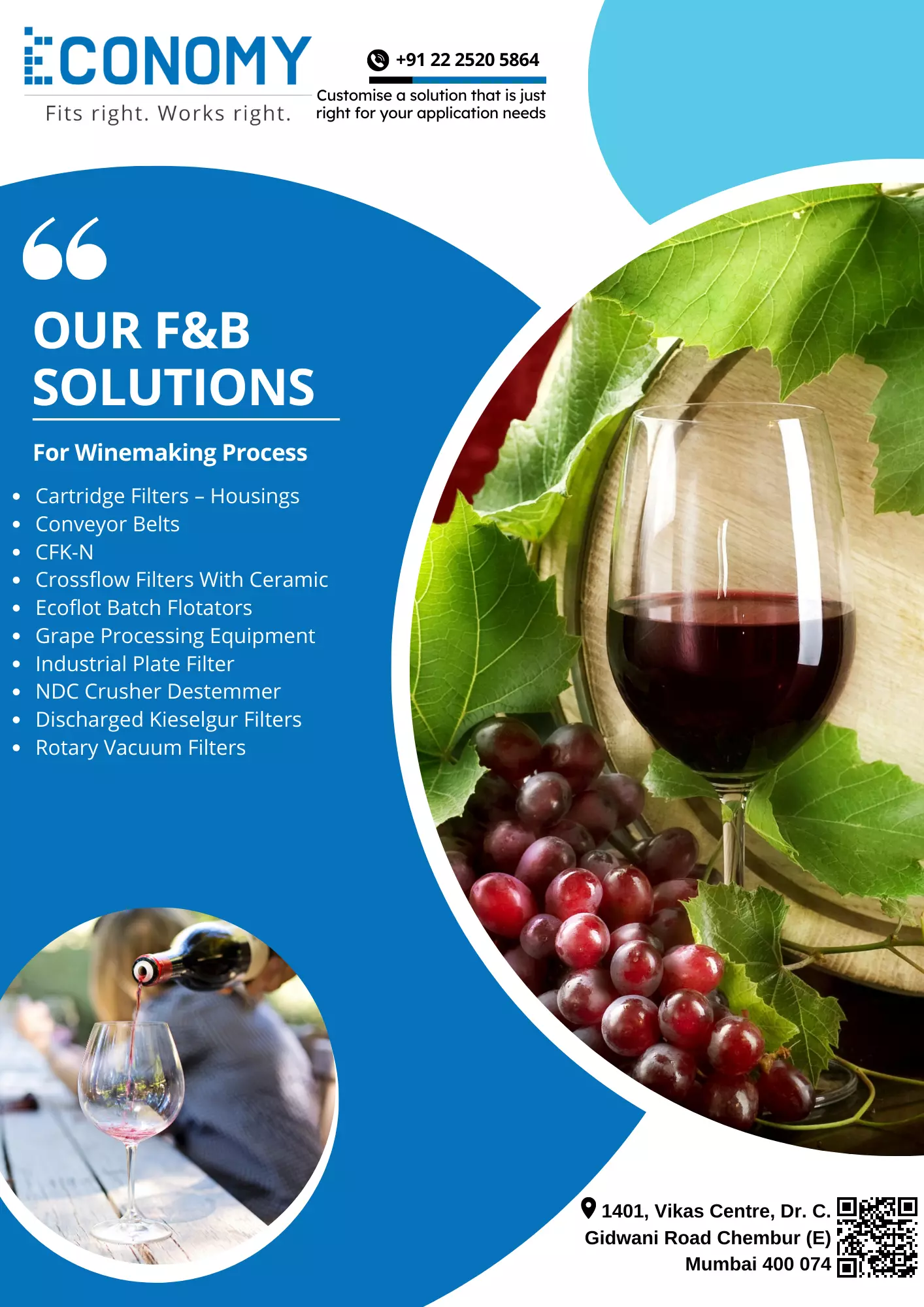Made entirely of STAINLESS STEEL and complete with non-toxic PVC belts that are flat or in spondaflex strips, they can be adjusted in height and come complete with loading hoppers.
They are particularly quick and easy to clean and service.
- Our Conveyor Belts are specifically designed for the efficient transportation and stem removal of grapes.
- Constructed with durable stainless steel, these conveyors are built to withstand the rigors of frequent use.
- The belts on these conveyors are made from non-toxic PVC and are available in both flat and spondaflex strip options.
- The height of these conveyors is fully adjustable, making them customizable to fit your specific needs.
- Each conveyor is equipped with a loading hopper, allowing for easy and efficient loading of grapes onto the conveyor belt.
- These conveyors are designed with ease of maintenance in mind, and are quick and simple to clean and service.
- The use of stainless steel and non-toxic PVC materials makes these conveyors a safe and practical choice for handling grapes.
- Whether you’re running a small winery or a large commercial operation, these Conveyor Belts are a reliable and efficient solution for your grape-handling needs.
- Working load per inch width.
- Maximum operating speed.
- Minimum pulley size.
- Operating temperature.
A conveyor system is commonly used in the mining, automotive, agricultural, food and beverage, bottling, manufacturing, warehouse and logistics, and packaging industries.
Request for Product Specifications
